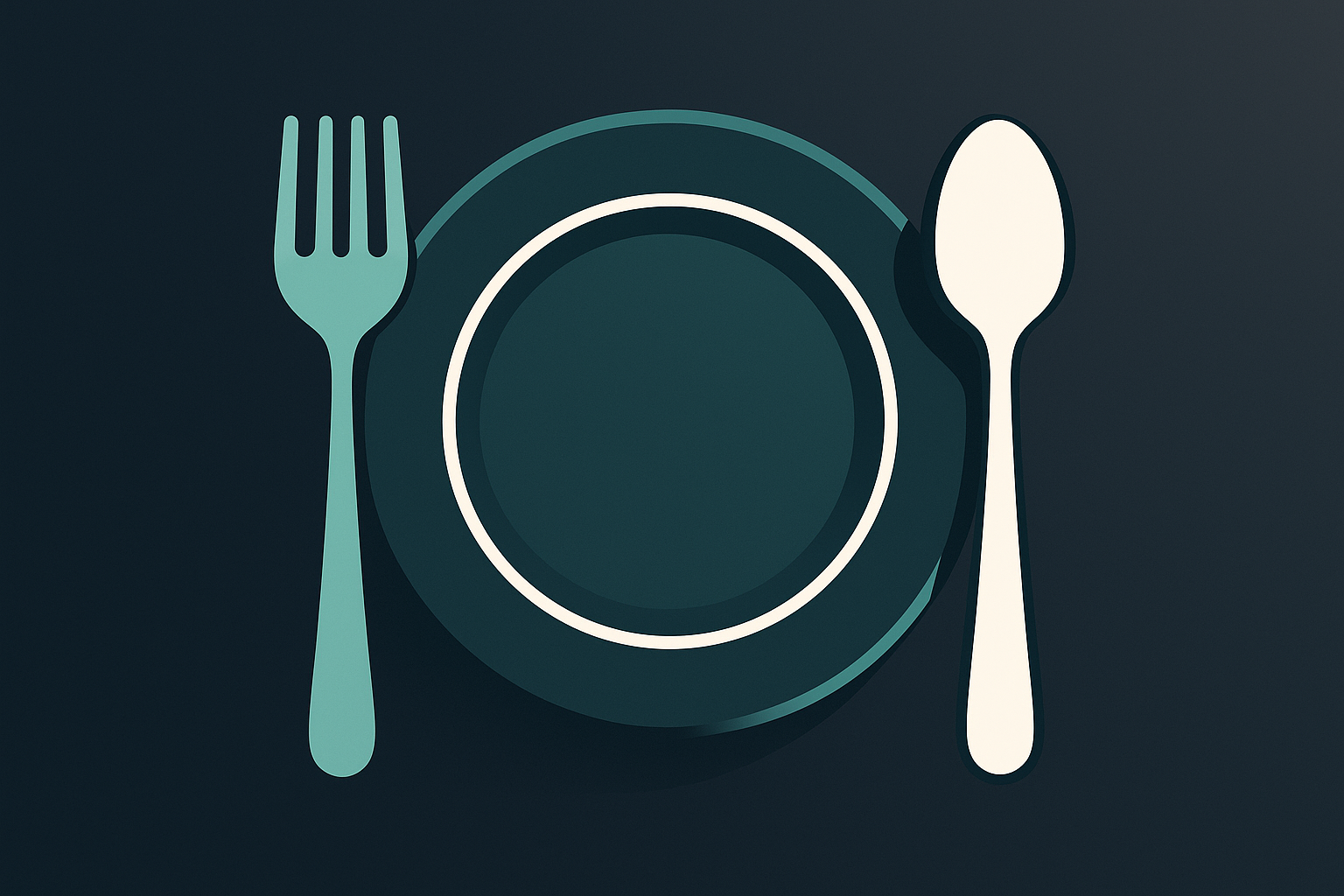Forks, Spoons, and the Algorithms That Set the Table
Picture this: you’re at a dinner party, and someone slides a fork and spoon across the table. Seems simple. Mundane, even. But beneath the cutlery lies a quiet story of how tech, commerce, and culture blend—like the best podcasts, where the surface banter masks deeper currents. Dioro’s fork and spoon article isn’t about utensils, not really. It’s about the power of small design choices, the subtle ways everyday objects (and by extension, technologies) shape our habits and, sometimes, our very identities.
Design: The Original Algorithm
Before we had neural nets and recommendation engines, we had forks and spoons. Tools with form and function, optimized not by code, but by centuries of trial and error. The Dioro piece traces this lineage, from the ancient spork-like implements of Byzantium (seriously) to the Western fork’s journey from “devil’s tines” to dinner-table staple.
Why does this matter? Because every product—physical or digital—is a kind of user interface. The fork and spoon are interfaces for eating; Shopify, TikTok, or your favorite podcast app are interfaces for consuming ideas, culture, and sometimes, cat memes. Both must balance utility with delight. Both can spark resistance (the fork was controversial, once!) or become invisible through perfect fit.
The Podcast Parallel: Curation & Ritual
Here’s where it gets interesting for podcast creators and marketers. The history of cutlery is a story of ritual—of repeated actions made smoother, more elegant, or more social by thoughtful design. Podcasting, too, is about ritual. The way you queue up your favorite show while making coffee. The predictability of the intro music. The “call to action” at the end, as familiar as passing the salt.
Just as the fork and spoon shaped the very food we eat, podcasts shape the way we process information. By curating a guest, a topic, or a narrative structure, the podcaster becomes a kind of utensil designer—deciding what gets picked up, what gets left behind, and how listeners interact with ideas. The interface isn’t metal, it’s metaphysical. But the principles hold.
Transformation Lies in Subtlety
The transformative lesson here isn’t about swapping out a fork for a spork. It’s about seeing how the smallest design choices—whether in cutlery, code, or content—change behavior at scale. Dioro’s meditation on utensils is a quiet argument against maximalism. The most lasting transformations aren’t always splashy. Sometimes, the real shift happens when you replace a clumsy old tool with one that just… works.
In the world of AI-powered commerce and podcasting, this means obsessing less over “disruption” and more over friction. Where do your listeners fumble? Where does the interface (literal or figurative) interrupt the flow? What rituals can you create that make your show feel as natural as reaching for a fork?
Actionable Takeaways for Podcast Entrepreneurs
- Audit Your Rituals: Map out the journey from episode discovery to listening to sharing. Where is the friction? Is your intro too long? Is your call-to-action buried or awkward?
- Design for Delight: Like a well-balanced spoon, make every touchpoint—audio, website, show notes—feel intentional and easy to use. Test with real people, not just in your own echo chamber.
- Embrace the Subtle Upgrade: Sometimes, transformation is about the smallest tweak: a new segment, a refined transition, a clearer episode description. Don’t underestimate these micro-improvements.
- Stay Human-Centered: The best tools (and podcasts) disappear into the background, letting the experience shine. AI can help you scale, but the magic is in the human touch—the voice, the story, the curation.
- Learn from Everything: Even forks and spoons have lessons to teach about culture, resistance, and adoption. Keep your eyes open for analogies outside your industry. Sometimes the best inspiration is on the table right in front of you.
In the end, whether you’re forging the next AI-powered podcast platform or just trying to get your show noticed, remember: transformation rarely looks like a sci-fi movie. Sometimes, it’s as simple—and as profound—as choosing the right tool for the job.
Checkout ProductScope AI’s Studio (and get 200 free studio credits)

